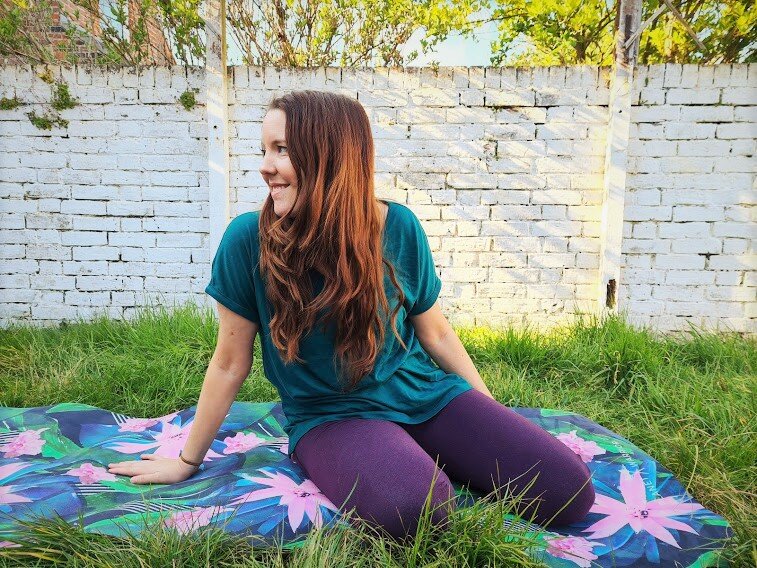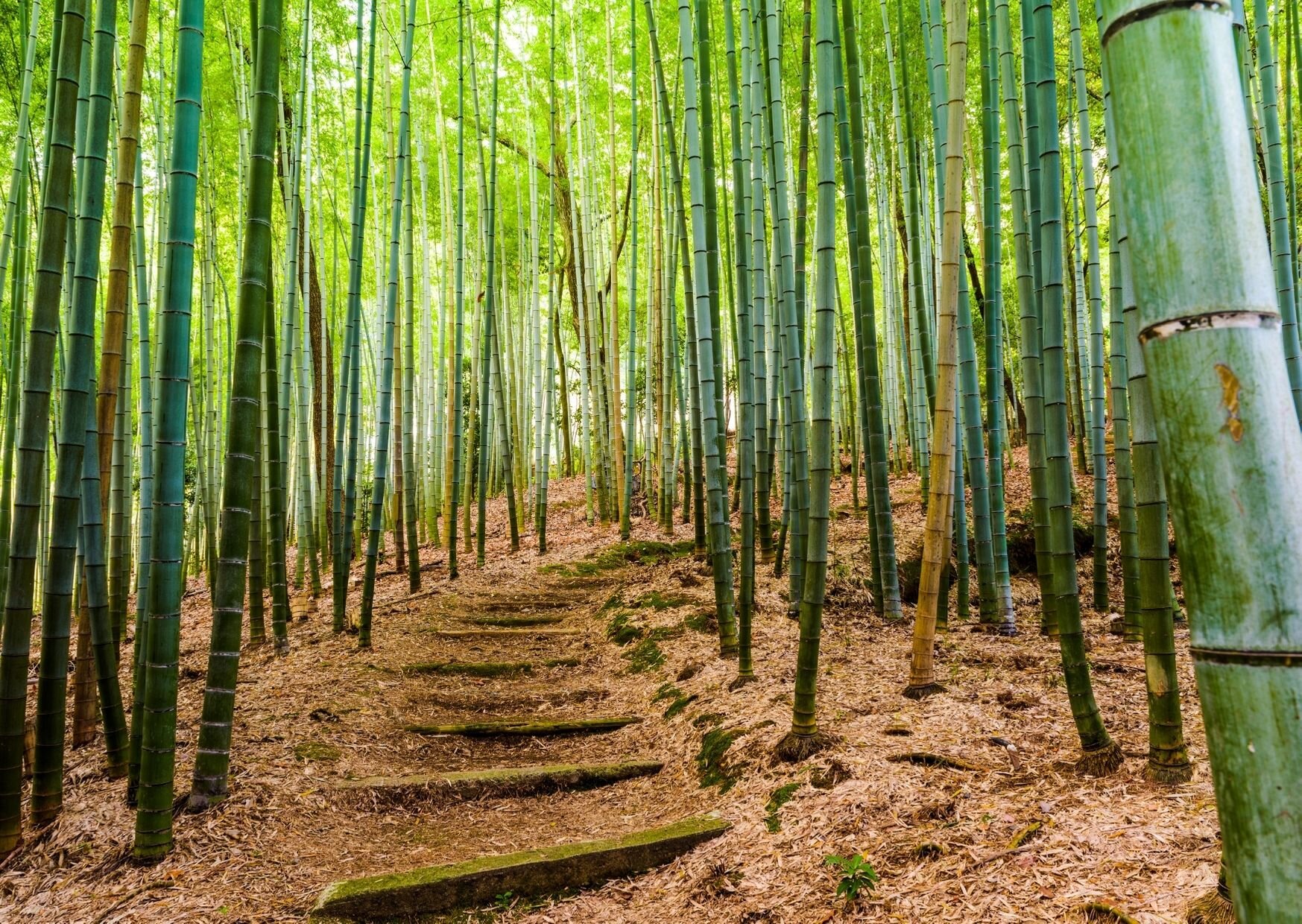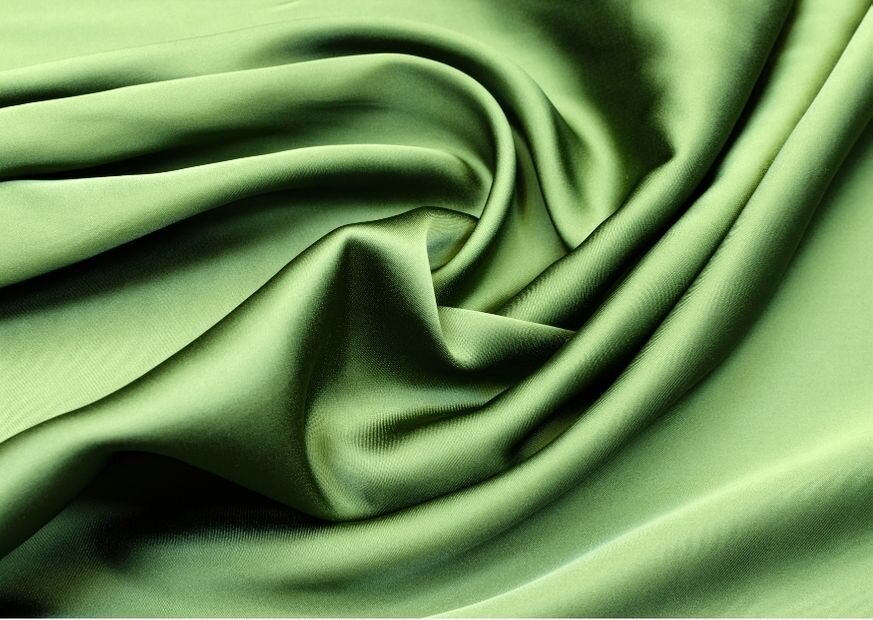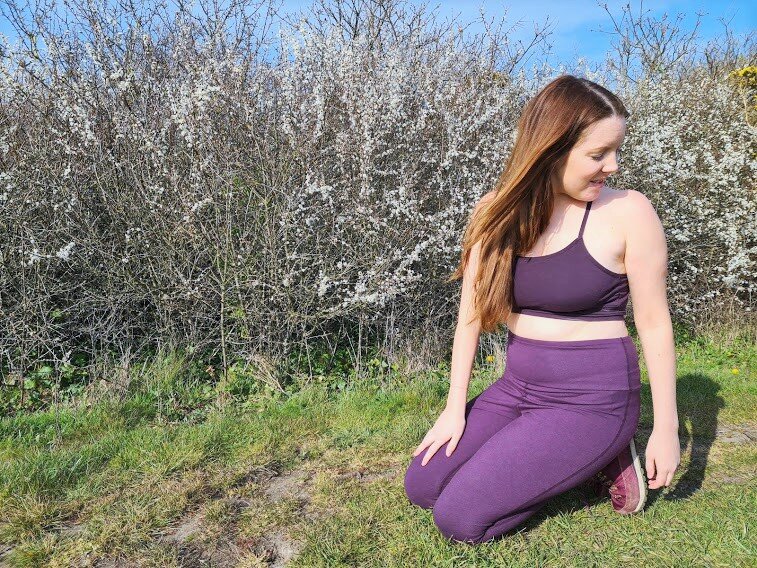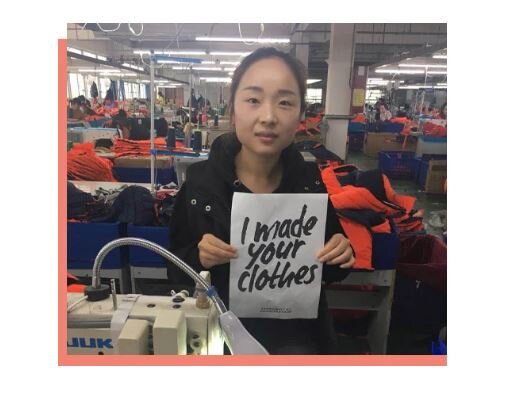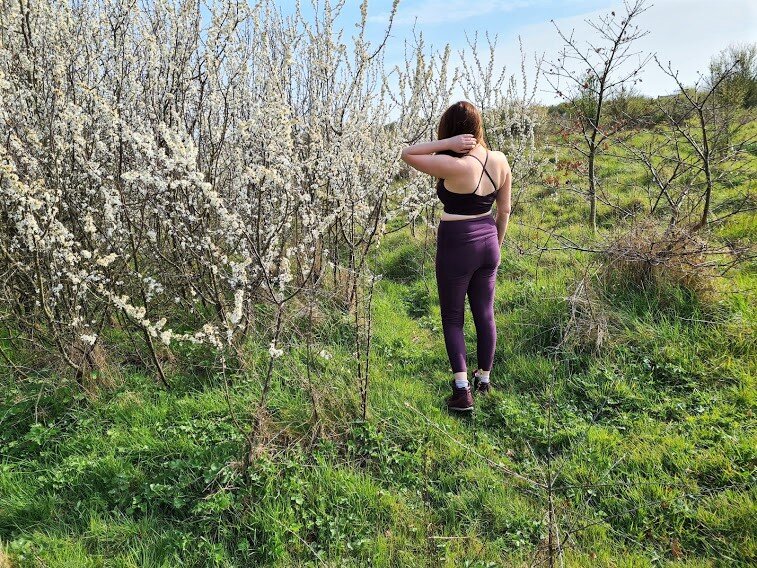BAM Review | How Sustainable is Bamboo Clothing?
This post is sponsored by Bamboo Clothing but all words and thoughts are completely my own. This post contains affiliate links.
It shouldn’t be so hard to find opaque leggings that aren’t made from plastic.
Every time synthetic clothing gets washed it releases tiny microplastics into the ocean.
It is vital we focus on finding more sustainable alternatives, you know?
Having realised they needed to make improvements in their supply chain, Bamboo Clothing (BAM) sought out sustainability experts to increase their transparency, reduce their pollution and track the impact of every garment they produce.
Their goal? To be “impact positive” by 2030.
If you’re just here for the review or don’t have time to read, feel free to skip to the end where I’ve reviewed the following three items:
You can also get 5% off with the code BAMBAM5
Coming up:
Knowing the issues with viscose production and forced labour in China, I decided to take a look at BAM’s supply chain so I could see what progress they were making in cleaning up viscose manufacturing. I also wanted a better understanding of where their clothes were made and by who.
BAM’s sustainability summary
The pros and cons of bamboo viscose
What steps has BAM taken to improve chemical management
Who makes BAM’s clothes?
Who grew BAM’s cotton?
Bamboo clothing review
1. A summary of bam’s sustainability in 2020
BAM partnered with Green Story and measured the impact of every item of clothing in 2020. From growing the raw materials up to the shipping.
BAM became climate positive in 2020 by offsetting 100% of emissions plus 50 customer washes for each item sold.
Bamboo viscose production requires water so BAM chose to repair boreholes in Kenya providing clean water to 37,000 people (which in turn reduces deforestation).
They successfully developed 100% recyclable clothes.
BAM contributed to research to improve the infrastructure in textile recycling.
BAM traced their entire supply chain all the way back to the bamboo and publicly disclosed the locations of the factories where their clothes are made.
The last bit of plastic was removed from their packaging in 2020.
BAM developed jeans that use 74% less water in manufacture than conventional jeans
And made waterproof jackets from 98% recycled materials.
2. The pros and cons of bamboo
The benefits of bamboo viscose
Bamboo is an incredible plant that can grow almost a meter every single day.
Unlike thirsty cotton, bamboo only needs rainwater to grow, it doesn't need pesticides and is beneficial for the soil.
To top it all off, bamboo absorbs five times more carbon dioxide than a tree.
Once it’s been made into viscose, it’s luxuriously soft, breathable and wicks moisture away from the skin.
It is stretchier than cotton making it the ideal material for garments you’d wear close to your skin, like underwear and leggings.
As a natural resource, bamboo is the perfect crop.
The problems with viscose
The downside to viscose is the manufacturing process. To turn it into soft fabric, hazardous chemicals are used to turn pulp into a fibre. If not handled responsibly, this can have severe health impacts on workers in the supply chain and lead to toxic chemicals being dumped into the environment.
It’s also worth noting that not all viscose is made from bamboo. The majority used in fast fashion is made from wood pulp which causes deforestation. Fast fashion brands are infamous for turning a blind eye to bad practices in their supply chain.
There are only a handful of sustainable brands I’d buy bamboo viscose clothing from.
BAM is one of them.
3. What steps has BAM taken to improve its handling of chemicals?
The use of toxic chemicals in viscose production was one of the areas I was most concerned about. I asked BAM for further details and received a response from Merryn, their Sustainability manager.
Here’s what I learnt:
BAM only use two fibre producers who they visit to ensure they are taking their environmental responsibility seriously.
One producer has invested millions into wastewater treatment technology with the goal of becoming “world leaders” in sustainable viscose production.
BAM visit their suppliers in person every year (except for 2020 because of the pandemic). Merryn has seen how viscose is produced and can ensure workers are safe and protected.
BAM has joined the ZDHC (Zero Discharge of Hazardous Chemicals) which advocates the elimination of toxic chemicals from the fashion industry.
How is the ZDHC helping BAM’s producers?
“Producers require support, investment and guidance from brands on this work and this is where ZDHC comes in. We’re able to use the resources & database that ZDHC have created to increase our visibility over the specific chemicals and processes our suppliers use and to drive constant improvement. Our suppliers get access to the supplier to zero programmes which provide guidance, tools and resources such as wastewater guidelines and MRSL (Manufacturing Restricted Substance List). BAM is committed to implementing these across all wet processors and will be publishing more details on our policy and roadmap soon.”
What about Lyocell?
Lyocell is another fabric that BAM use in some of their products. It is derived from the same plant fibres as viscose but its manufacturing process is more sustainable.
Tencel is the brand name for lyocell made from eucalyptus trees.
The reason that BAM does not use more is that Tencel makes up less than 10% of the regenerated cellulose market. Lyocell made from bamboo would be perfect but it’s unavailable and unlikely to replace viscose. For this reason, BAM has chosen to focus on improving the viscose industry with a goal of zero pollution by 2030.
I’m not sure if leggings made from Tencel would be opaque but it is a lovely fabric for other items of clothing.
Photo credit: BAM
4. Who makes BAM’s clothes?
One of the difficulties in fashion is the lack of transparency. Thankfully, BAM has made it easier than ever to see who makes their bamboo clothes by disclosing their suppliers.
On their website, BAM has listed the supplier names and locations alongside photos, auditors and when they last visited.
5. Who made your cotton?
As BAM use cotton in their products (and I’m boycotting Chinese cotton), I asked them who made your cotton?
Merryn assured me that their cotton is grown in India and Turkey. She also confirmed all their cotton is organic and BAM collect OCS transaction certificates for any blended fabrics.
7. BAM - Bamboo Clothing Review
Don’t forget you can get 5% off with the code BAMBAM5
I was really impressed with the quality of BAM’s clothing. All three items I tested were true to size and incredibly comfortable. I liked the use of recycled materials in the crop top too.
While BAM did use models with different ethnicities, I did feel they could improve their inclusivity by using people of different sizes and shapes. The models look very athletic, but you don't have to be slim and flawless to be active.
The items I’m wearing in the photos are:
High Waist Enduro leggings 7/8
Colour: Blackcurrant Marl (11 colours available).
Material: 64% Bamboo Viscose, 24% Organic Cotton, 12% Elastane.
Length: I am 5ft 3 so I went for the enduro 7/8 because trousers are usually too long for me. Interestingly these did have the desired effect and came up just above my ankles. I thought this was slightly odd as they look longer on the tall model. Available as 3/4 length and full length.
Size: I am normally a size 12 but I always size up in leggings. I chose BAM’s enduro leggings in a size 14 and they were the perfect fit. My baby belly isn’t in a hurry to go since my emergency c-section last year and the high-waisted part is so supportive and figure-hugging.
Opaque: Yes, these leggings are squat proof although I do have a bit of a flat bum so I’m probably not the best person to ask (probably because I don’t squat).
Knees: I have quite slim legs and I struggle to find leggings, jeggings or skinny jeans that aren’t saggy at the knees. As BAM’s leggings are so stretchy they hugged my knees very well.
Feel: They are unbelievably soft and feel lovely on my sensitive skin.
Features: they have a pocket for your key and I can fit my phone in it.
Conclusion: I definitely prefer BAM’s viscose jersey leggings to my organic cotton leggings that I got for Christmas. BAM’s are twice the price but it is reflected in the quality. Unfortunately, they are only available up to a size 18.
Seamless Balance Crop Top
Material: 84% Bamboo Viscose, 12% Recycled Polyamide 4% Elastane
Colour: Fig. Also available in black.
Size: The size guide told me to wear a medium. Usually, I’m a size 12 and roughly a 32-34DD. I find bras uncomfortable and like to wear crop tops during the day. It fits well - both around the bust and the band. There are no clips to adjust the straps, instead, it is super stretchy. Options are S, M, L which is 8-18 according to the guide.
Shape: I chose this crop top for the shape. I wanted something I could wear under other tops without an obvious thick strap. The delicate straps across my back sit so lightly on my skin I don’t notice them. They are also very stretchy.
Opaque: Yes, this could easily be worn as a top without being revealing.
Feel: I intentionally chose from the seamless range as I’m easily irritated. Honestly, this is perfect for sensitive skin.
Support: For a crop top it’s supportive enough without being tight. If you want to go running or do exercise you’d need something with more support. As I only do yoga and walk up the stairs, this suits me just fine.
Features: It has removable cup inserts.
Conclusion: Ideal for daily wear or low impact movement. It’s unbelievably comfortable… I may have slept in it.
Origin v-neck bamboo t-shirt
Material: 70% Bamboo Viscose, 30% Organic Cotton
Colour: Evergreen. There are 5 more colours but I don’t know why you’d want them because this teal is absolutely beautiful.
Size: I’m wearing a 12. It is loose-fitting and true to size. It only goes up to a size 16.
Fit: It drapes loosely around my body without making me look like a potato whilst hiding my postpartum lumps and bumps!
Feel: Softer than cotton.
Conclusion: I think this might be my new favourite top. The only issue is the limited range of sizes.
Thanks for reading! If you found this post useful, please give it a share using the buttons below.

